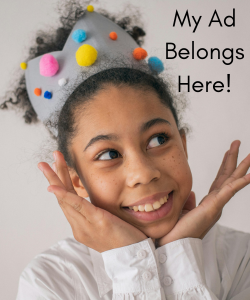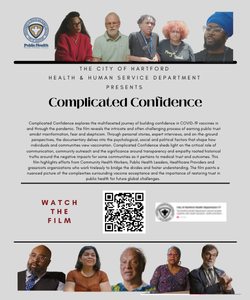By Grace Clark
When a young man, Eric, who has autism, was 3 years old, his teacher told his parents not to put up Christmas decorations in their home because the change in decor would be upsetting to him. Eric’s parents ignored that advice and displayed some minimal lights and holiday decor in their home because they wanted to introduce him to their seasonal traditions. For years though, Eric, 31, did not like presents, said his mother, Beth (last names being withheld) because he did not understand why he had to open them. Autism is a neurological disorder that robs some people of the ability to understand concepts like Christmas. Characterics of autism include deficits in cognitive, speech and communication skills; lack of social skills; sensory sensitivities to the environment; and compulsive or rigid and ritualistic behaviors. Always prevalent, these characteristics can be heightened amid common Christmas traditions, such as decorating a real or artificial tree inside a house, flashing bright lights hung at a window and opening presents. Add to that scenario, a visit from family members, who haven’t been seen in a while and gathering for cheerful conversations, laughter and hugs around a kitchen with robust smells of foods punctuating pine scented air, and flickering holiday candles – all at once. For the person with autism with heightened senses, cognitive challenges and social boundaries, it can all be overwhelming. Still, with careful thought and planning, it is not impossible for people with autism to have positive and joyful experiences with their families.
There is nothing wrong with wanting to bring our loved ones the magic of the Christmas season, including its religious meaning and iconic Santa Claus stories told about his rides in a sleigh full of presents pulled by reindeer through the sky for children all over the world. While some concepts may be hard for a person with autism to grasp, we want to share these stories that brought us joy in our own childhood, and generations of neurotypical children and youth enjoy.
Christine Faressa recently told her son, Domenic, 13, for the first time that Santa is really she and her husband. Faressa, who operates an organization, Sun, Moon and Stars which offers special events and programs for children and families including ‘Letters to Santa’, told Domenic that while helping children with holiday activities, he can share the story of Santa that he grew up with. “We told him Mom and Dad make it magical for you, and now you can be a part of that experience for them.” Faressa said she believes families have to create their own traditions that are best for them and loved ones with autism.“
For me as a child, Christmas has always been a festive time. Today, as the mother of three young adults including my youngest son, Cashan, who has autism, I try to keep our Christmas season festive with decorations, holiday music and gifts under the tree. Since Santa is not a concrete, touchable person that Cashan can comprehend, my husband and I choose to not explain that this unseen person gives the gifts from under the Christmas tree. Our family focus is more on Cashan participating in giving and opening gifts, and other activities with his siblings. Seeing him participate is always a gift within itself.
Still, there are creative ways to share Santa to youth on the autism spectrum. Helen Taylor said explaining who Santa is to her son, Chase, 25, as a teenager was challenging, but she found a way that met his comprehension. “I told him if he believes Santa Claus is real then he is,” said Taylor. ”What happens is when you become older, he gives the job to the parents because he has to provide gifts to little girls and boys.”
There are also opportunities to make the holiday season easier for children, young adults, and others with autism. A few tips from parents: Give them space, allow them to set the tone in what is comfortable; and set boundary expectations for visitors. A person with autism may not want to hug others. Greeting and acknowledging their presence with a smile goes a long way, especially if the loved one is non-verbal. That one greeting gives them a feeling of inclusivity In the isolated world of social deficits.
“All of our kids are so different and unique,” said Faressa. “You have to do the best that you can knowing your kid. It’s the holiday spirit. It’s a magical time. It’s a blessed time. There is no reason our kids can’t participate. “
Grace Clark writes a periodic column about life with autism for the Northern Agent’s newspaper. For comments about this article, email her at autismsoar@gmail.com.





